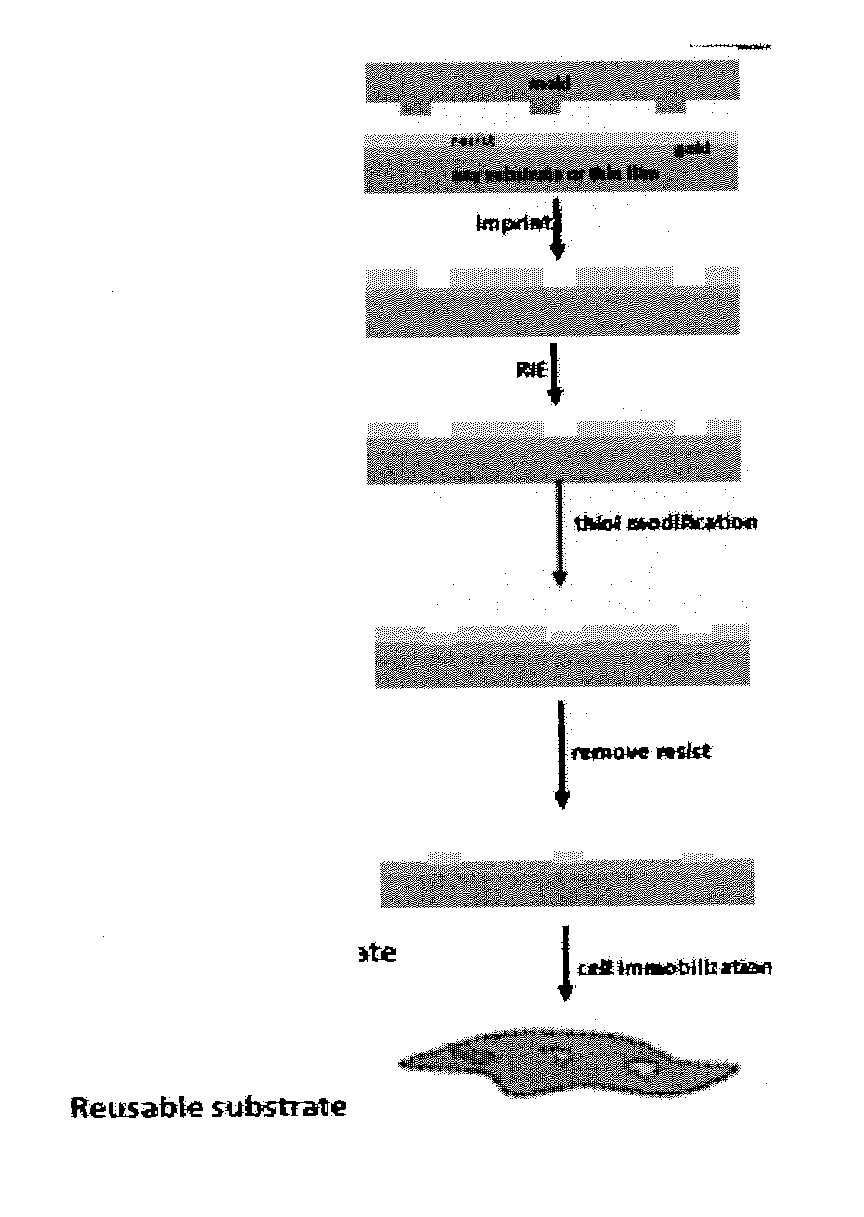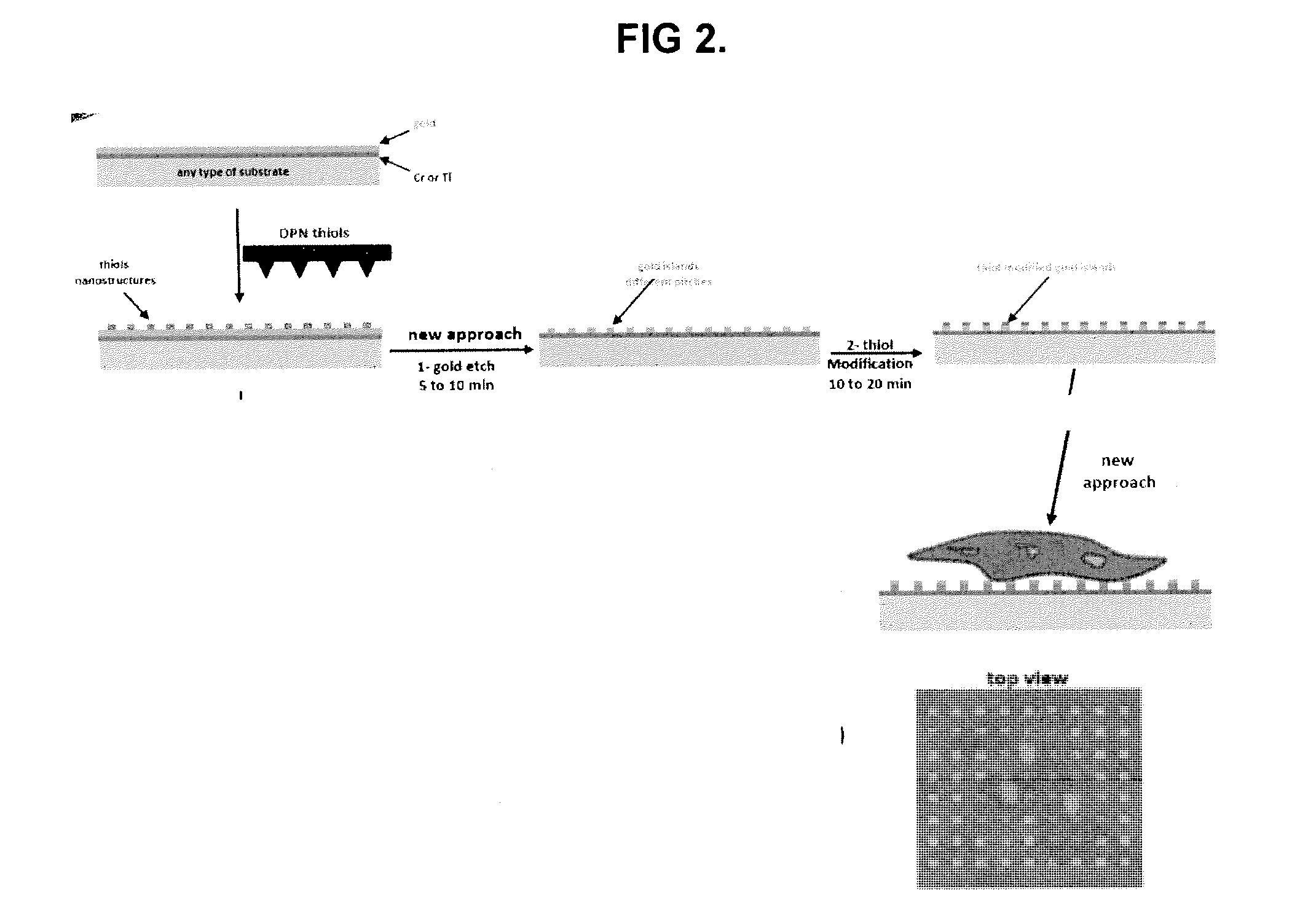Cell growth
a cell growth and cell technology, applied in the field of cell growth, can solve the problems of insufficient yield of desired cells and unacceptable homogeneity of final cell populations, and achieve the effect of improving the versatility of patterning and improving the methods of commercial exploitation
- Summary
- Abstract
- Description
- Claims
- Application Information
AI Technical Summary
Benefits of technology
Problems solved by technology
Method used
Image
Examples
Embodiment Construction
[0021]The following references describe stem-cell growth, differentiation, and characterization.
[0022]UK provisional filing 0812789.6 filed Jul. 12, 2008; U.S. Provisional Application 61 / 099,182 filed Sep. 22, 2008, and PCT application PCT / IB2009 / 006521 filed Jul. 10, 2009 to Hunt et al.; are hereby incorporated by reference in their entireties including figures and working examples and claims. Also, U.S. provisional application No. 61 / 238,010 filed Aug. 28, to Amro et al., 2009 is incorporated by reference in its entirety.
[0023]Disclosed herein are methods and compositions that allow large surface fabrication of nanostructures comprising different molecules, wherein the large surface comprises homogeneous features with exact pitch across the surface, and wherein the surface is reusable. The present disclosure provides protocols for homogeneous compound deposition, fast processing, stable structures, and reusable substrates with ligands of interest. Such protocols may benefit, for e...
PUM
 Login to View More
Login to View More Abstract
Description
Claims
Application Information
 Login to View More
Login to View More - R&D
- Intellectual Property
- Life Sciences
- Materials
- Tech Scout
- Unparalleled Data Quality
- Higher Quality Content
- 60% Fewer Hallucinations
Browse by: Latest US Patents, China's latest patents, Technical Efficacy Thesaurus, Application Domain, Technology Topic, Popular Technical Reports.
© 2025 PatSnap. All rights reserved.Legal|Privacy policy|Modern Slavery Act Transparency Statement|Sitemap|About US| Contact US: help@patsnap.com



